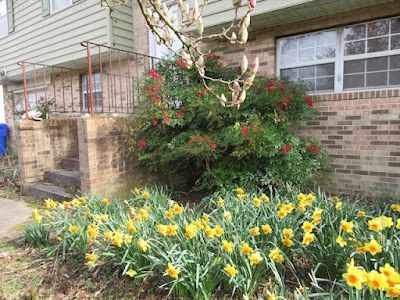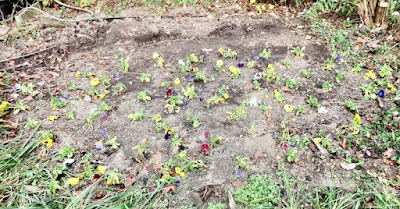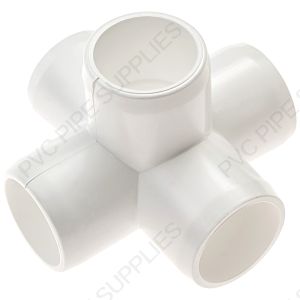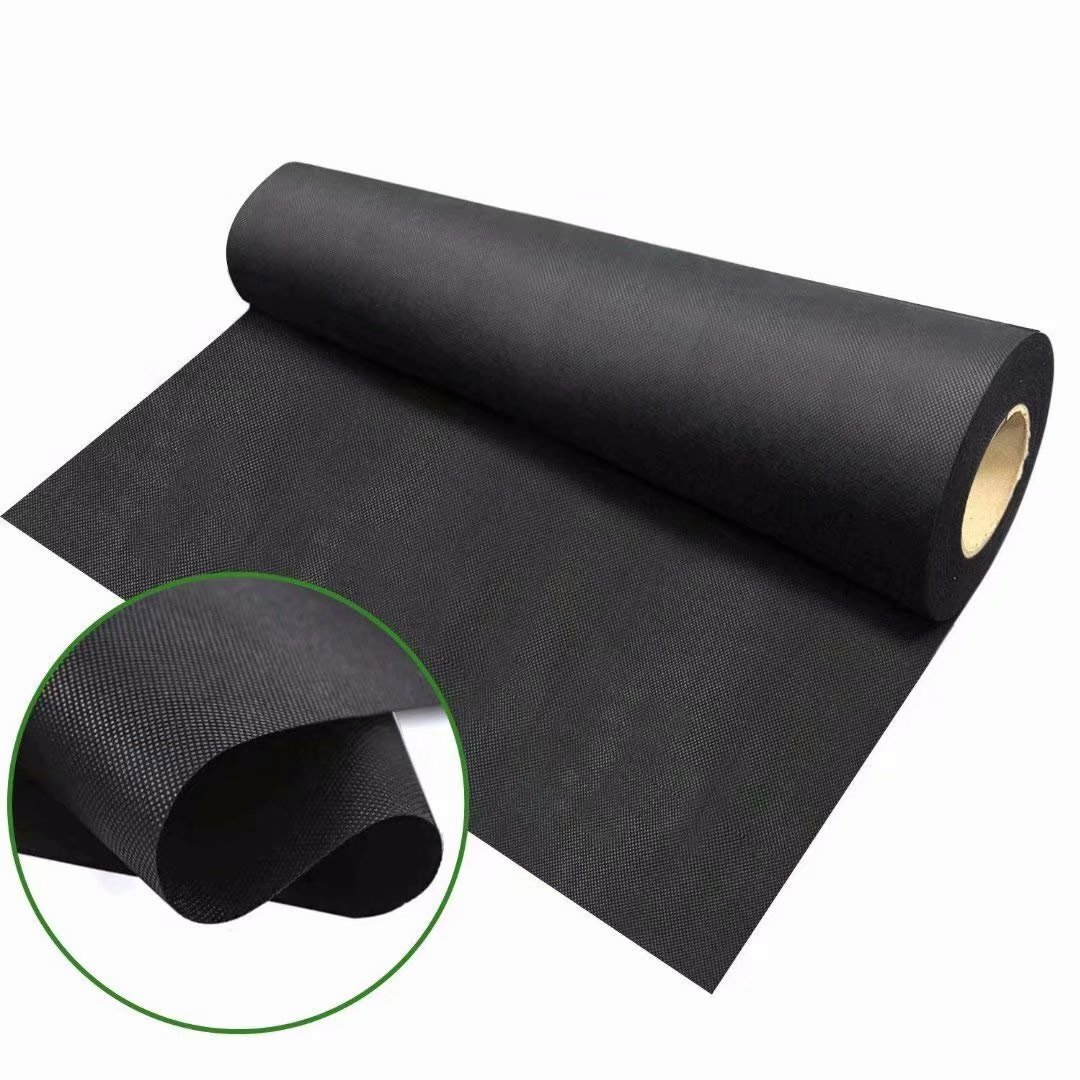I mentioned the tree saplings yesterday. But there are also veggie and flower seedlings to start inside each week (for the past month). I started the tomatoes and peppers and cole crops weeks ago in individually set-up flats of plastic cels. But 4 weeks ago, knowing I needed numerous flats at 7 and 4 weeks before last frost date, I set up 8.
That meant filling the cels with my self-mixed potting soil mix in flats set into sturdy plastic holders (those planting flats are thin and bendy), adding rainwater I saved in jugs (seed-starters can get obsessive) to soak the potting soil, and stacking them up on my basement potting bench.
Hey, when it gets to actual planting day, that can save a LOT of time. And in spite of giving individual attention to planting, assembly-line procedures make it go faster. But there is ALWAYS something that has to be done you don't expect.
The first surprise of growing plants indoors is lack of good light. Well, I set up a light rack years ago. But of course, some bulbs burn out and for some reason that escapes me, they do it over Winter when they aren't even turned on! At the end of the indoor growing season, they all worked; at the beginning of the new one, about 25% are dead. Which is why I buy tube bulbs by the case (somewhere between 5000-6500 Kelvin and 2900+ lumens. They last about 2 years (on 16 hours per day for a couple months) and gradually get weaker over time.
I'll be buying LED tubes in the future. They are 2x the cost (but coming down), last 4-5x as long, and stay at full lumens until they suddenly stop. So, anyway, I had to replace several of the old bulbs and it can get awkward. I seem to be a bit inept and changing them. I suppose I need to just use more force turning them into the connections, but I'm always afraid they will break.
So I had 3 requirements (not counting changing the tubes). First, I replanted cels where the seeds didn't germinate. If I think I need 12 marigolds and only get 8, I replant quickly. Seed companies are weird. If I order celery seeds, I get 1,000. and what do I need with 1,000 celery plants? Yet if I order zinnias for a mass planting of 60, they put 25 seeds in a package and I need to order several. LOL!
Second, I had to move flats around on the light stand AND 6-pack cels from flat to flat. Some plants grow faster than others. You want the seedlings close to the lights, so taller ones have to be together. I keep a label in every 6-pack cel for that reason. A flat of all the same plants only needs one thankfully. But mostly I have mixed seedlings in a flat so they need to be moved around.
Third, I built wooden stands of various heights the size of the flats. That allows a lot of easy height adjustment to keep the seedling near the lights. And for other adjustment, I cut a few 2"x4" boards the width of the stands so I can raise them 2" or 4" easily.
So I had a choice (this was Monday) to plant some seeds outside or plant a lot more inside. It was chilly and windy out; guess which I chose to do? Yes, inside. I'm planting a LOT of self-sowing annuals for either "just" flower or butterfly/bee/hummingbirds. I tried scattering butterfly/bee/hummingbird (BBH) flower seeds and covering them lightly per package directions 2 years and they didn't grow much. This year, I am starting a lot inside and will transplant them into the BBH bed in hopes of better growth.
I'm not depending on the transplants except for first year growth (and hopefully "self-sowing"). But I HAVE to have enough to attract them and get them used to coming here. The meadow flower bed did reasonably well the first year and "OK" the next. But I think it needs more help getting started, too. So about half the seeds I started are for there. Its not like BBH don't like meadow flowers too, just that they aren't as dedicated to producing what BBH need. Though I suspect some will be good plants for caterpillars to eat.
Still, the meadow bed is mostly for ME to enjoy looking at. And partially, the meadow bed is so that I have something to enjoy looking at while I renovate my 25 year old perennial bed along the fence. It has slowly lost ground (literally, LOL) to invading fosythia, poison ivy, some vine I don't recognize, old age. and changes in sunlight.
Parts of it are undisturbed and thriving (hurray for Stoke's Aster and Autumn Joy Sedum and some individual plants like Brunerra Jack Frost), but it mostly need to be ripped up and started over. Ans this time as a cottage garden, I think. Tall flowers (that self-sow) so thickly-growing that they shade out the weeds.
I've change my flowerbed habits several times over the years. It's always a decision with ups abd downs. Annual flowers need transplanting every year, but they bloom all year. Perennials last years (for most) and decades (for some) but flower briefly. Self-sowing annuals might be an interesting combination. The pictures I've seen of self-sowing cottage gardens suggest that they might flower like annuals bur last for years. I know that in a house I rented for 4 years. Four O' Clocks (annuals) reliably filled the space all the time I was there.
I may be an interesting growing season...



















